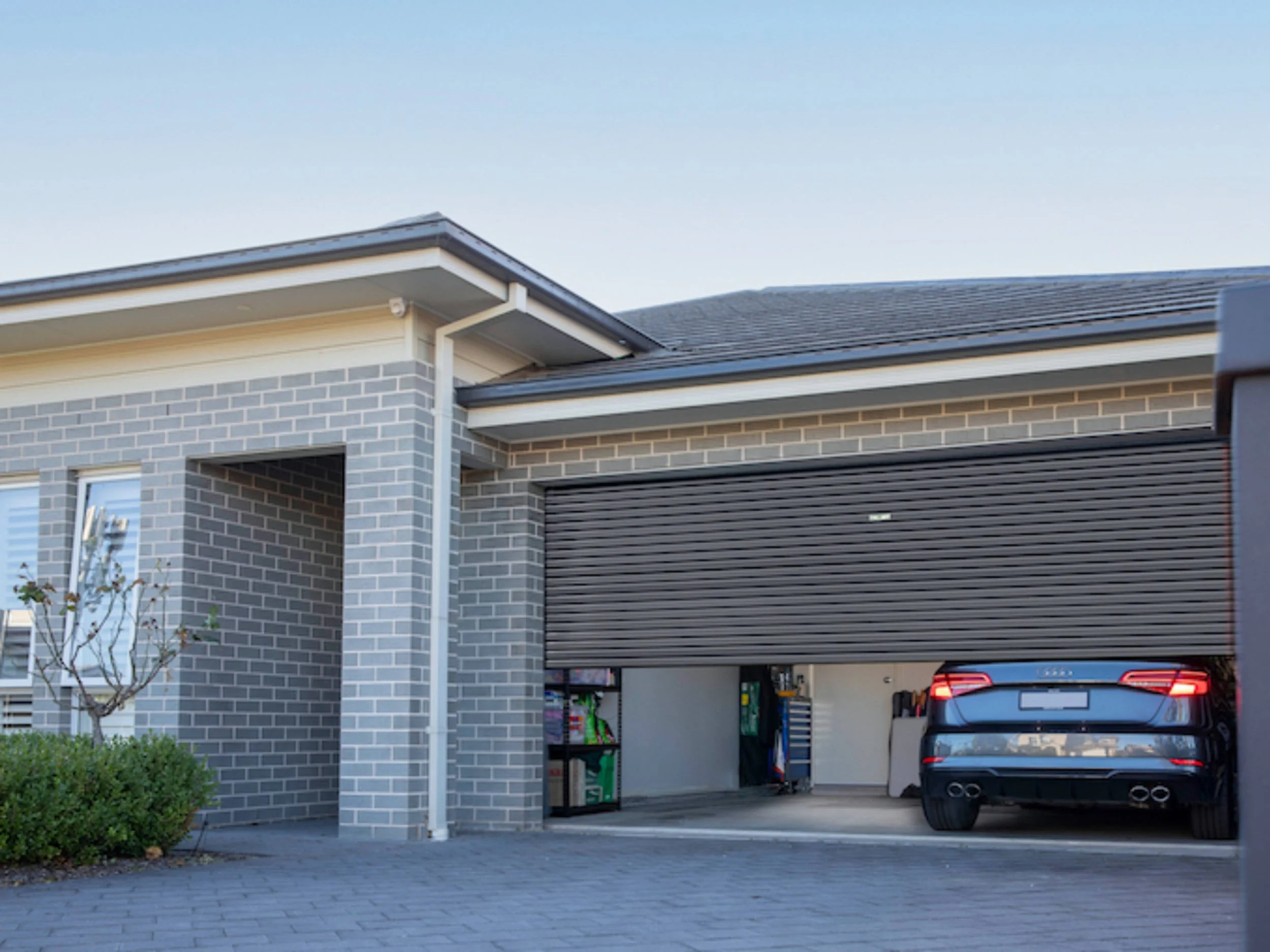Learn How to Close Garage Door Manually in Just Minutes
Sometimes your garage door opener stops working due to power outages or mechanical problems. Garage door experts recommend learning the manual operation process to handle these situations safely. This guide walks you through the simple steps to manually close your garage door when the automatic opener fails. You'll learn how to find the emergency release, disconnect the opener, and safely lower the door. These skills help you secure your garage in the event of unexpected opener failures.
Locate Emergency Release Cord
Start by finding the emergency release cord near your garage door motor. This cord is usually red and hangs down from the trolley that moves along the garage door opener rail. The cord disconnects the opener from the door during power outages or when the opener breaks. When you pull this cord, it separates the trolley from the opener carriage, allowing you to manually open or close the garage door. Make sure the door is completely closed before pulling the emergency release cord to prevent accidents. Knowing where this cord is and how it works is crucial for manually closing a garage door.
Pull Down on the Emergency Release Cord
Hold the red emergency release cord that hangs from the garage door opener trolley with a firm grip. This cord connects to a spring-loaded lever inside the opener mechanism. Pull the cord straight down toward the floor to disconnect the garage door from the automatic opener. Keep a steady grip and pull with consistent force. You should hear a clicking sound when the mechanism releases properly. Once you pull the cord, the garage door will move freely along its tracks when you lift it by hand. This step enables you to manually control the garage door in the event of a power outage or when the opener malfunctions.
Manually Lower Garage Door
Lower the garage door by hand by carefully guiding it down along the tracks. Follow these steps for safe operation:
Check for Obstructions: Inspect the tracks and area under the door to ensure nothing blocks its path.
Maintain Even Pressure: Apply steady pressure as you lower the door to keep it from shifting or getting misaligned.
Watch for Alignment: Keep an eye on the door's position relative to the tracks to ensure it moves smoothly without getting stuck.
Avoid Force: Don't push hard on the door. If you feel resistance, stop immediately and check what's wrong to prevent damage.
Secure Garage Door in Place
Lock the garage door in its current position to prevent unwanted movement or accidents. Locate the emergency release handle on the garage door opener track and pull it down to disconnect the opener from the door. Next, slide a pair of vice grips above the rollers on both sides of the door track to stop the door from moving. Ensure the vice grips are securely attached to the track. This step is crucial for safety, as it helps prevent sudden door movements. If your garage door has a manual lock, engage it for added security. These actions will keep your garage door safely locked in place until you're ready to use it again.
Test Garage Door Operation
Check that the garage door works properly and safely by doing these systematic tests:
Visual Inspection: Look for any visible damage, misalignment, or objects blocking the tracks and rollers
Balance Test: Disconnect the automatic opener and lift the door halfway by hand to see if it stays in position
Reversal Mechanism: Put an object in the door's path and test if the door reverses when it touches the object
Force Setting: Test the force setting by placing a roll of paper towels under the door and see if it reverses when closing
Checking these areas makes sure your garage door operates smoothly and safely.

